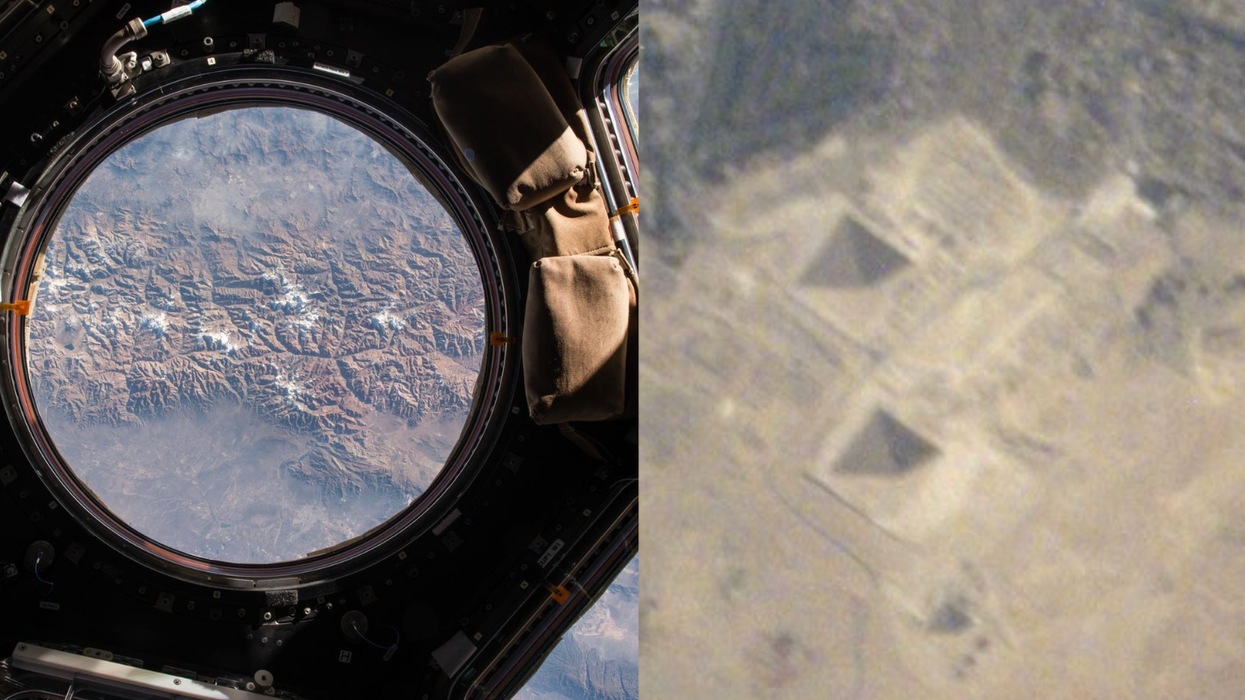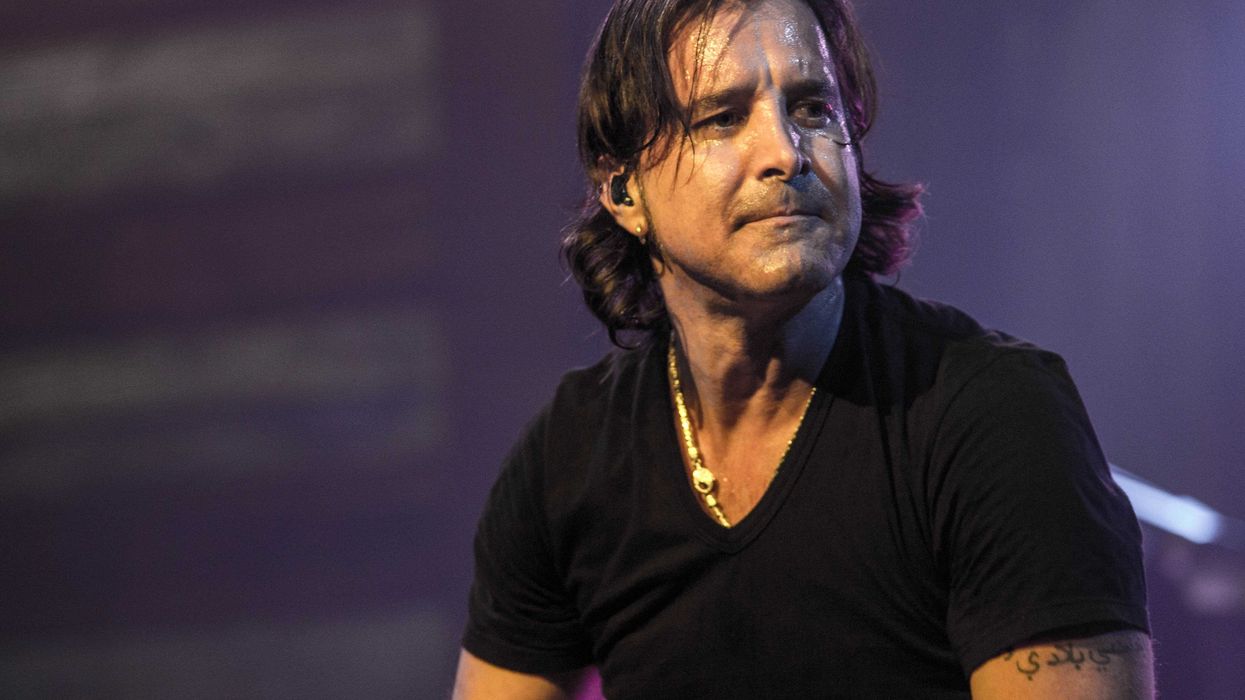Hypermiling-the art of beating the fuel rating given to your car by the Environmental Protection Agency-has gone from a fringe hobby to a mainstream movement, thanks largely to recent high gas prices and concerns about the climate. Bolstered by the success of hybrid cars, hypermilers have been gathering in increasingly large numbers around the country to see who can get the best gas mileage for their gallon.Just ask Wayne Gerdes, proprietor of CleanMPG, an online resource and forum for those interested in squeezing every last mile out of their gas tanks. Gerdes knows what he's talking about: He once took a Prius from Chicago to New York on a single tank of gas, and he holds the current record for the highest sustained mpg and longest tank: 220 mpg and 2,254 miles, respectively (both in a Honda Insight hybrid).We asked Gerdes for some of his best tricks, which he claims will improve any car's efficiency by 50 percent. Turns out what's good for the environment is good for the wallet: "Think of fuel prices last summer. It's like paying two dollars a gallon instead of four dollars."Before you get in your car...1. Do you really need to get in it? If it's a short distance, you should be thinking about walking or cycling. "The best hypermilers in the world walk, bike, or take public transportation."2. Check your tire pressure. Properly inflated tires last longer, improve handling, reduce braking distance, and increase fuel economy. And don't just fill them to what is printed on the driver-side door. Check the reading for "max sidewall," printed on the outside of the tires themselves, and fill to that point. Your tires will stay at an ideal pressure for longer (think about it: If you fill to what the door instructs, they're technically underinflated the minute you drive on them), while still being in a completely safe range.3. Add a fuel-consumption display. It's a simple device you can install on any vehicle manufactured since 1996. Nothing will wake you up to bad driving habits like watching your mileage rating dwindle to that of a Hummer as you accelerate. Drivers who install one typically see a 15-percent boost in fuel economy just by monitoring real-time mpg feedback. They cost around $160, and they pay for themselves in a matter of months through saved fuel costs. Gerdes recommends the ScanGauge brand.
Before you turn your car on...1. Prepare yourself. Buckle your seat belt, adjust your mirrors, check your lipstick, set up your cell phone. Also, instead of turning on the motor and rolling down to the end of your driveway to see if it's safe to turn out, wait until you're sure that it is, and then start moving.2. Choose your route. Driving the main interstates or arterials is not always the best way to get from point A to point B. There's often less traffic if you take a more direct route, even if the posted speed is slower. Besides, "speed is the enemy of fuel economy."3. See how far you can roll. If you're on a slope, why do you need your engine? Put the car in neutral, take your foot off the brake, and coast until your first stop. Your top speed will probably be 5 to 10 mph. "That's about what you'd be doing in a parking lot," says Gerdes. "And there are probably fewer people around your driveway."Driving around town…1. Wait before pulling onto a main road. The more space you give yourself to accelerate gently and smoothly, the more fuel you'll save. "Just wait until it clears. No reason to get rushed. It only puts you a minute behind where you would have been."2. Coast if you can.3. At a long stoplight, shut your engine off. That's what a hybrid does. There are areas in the world where it's illegal to idle your vehicle for any period of time. "If you are a resident of Kawasaki, Japan, when you pull up to a stop light, they actually have employed people to stand there and shame you for leaving your engine running."4. Limit the amount of heat and air-conditioning you use. In an urban environment, air-condition can lower fuel economy by as much as 30 percent. If you can't get by without it, try turning it off temporarily at a stoplight or stop sign, so you don't further reduce your car's efficiency during acceleration. "A lot of hybrids do that, too."On the highway...1. Drive without brakes. In fact, pretend your brakes are faulty: You'll use them less, allow more space between you and other drivers, and leave yourself more time to slow down-in short, you'll be safer and more efficient. And always anticipate the road 30 seconds ahead of your current position-look for brake lights, cars merging, jaywalkers-which should allow you to avoid most unnecessary braking situations. Bonus points: Play chess with stoplights. If you see three in a row, game the timing to coast through all of them.2. Go slower. Remember, "speed kills fuel economy." There's no need to travel 10 mph over the limit. It's not going to save you much time over your normal commute. By way of example, Gerdes explains, "A Ford Escape Hybrid is rated at thirty-two mpg. Do you know what it gets at forty mph? About sixty mpg." That's because every vehicle has a certain speed that offers maximum horsepower for minimum fuel consumption. And that sweet spot is rarely 10 miles above the highway speed limit.3. Keep a constant load on your engine. Imagine a roller coaster: It goes down hills and up hills, but never stops completely. You can do the same thing in your car-using momentum you've already generated-but without sacrificing as much speed. So instead of setting the cruise control to 60 and having the engine work overtime to maintain that speed on an incline, lock your foot on the accelerator in a fixed position; you'll lose a little speed cresting the hill, but pick it right back up going down the other side. And your engine will never know the difference. Ditto the cars behind you.4. Experiment with "pulse and glide," a technique whereby you accelerate to the speed limit and then coast in neutral until you lose too much speed. You would get phenomenal results by speeding up to 50 mph and slowing down to 5 mph (which is impractical basically everywhere), but you'll see satisfying results in almost any range in between.
Before you turn your car on...1. Prepare yourself. Buckle your seat belt, adjust your mirrors, check your lipstick, set up your cell phone. Also, instead of turning on the motor and rolling down to the end of your driveway to see if it's safe to turn out, wait until you're sure that it is, and then start moving.2. Choose your route. Driving the main interstates or arterials is not always the best way to get from point A to point B. There's often less traffic if you take a more direct route, even if the posted speed is slower. Besides, "speed is the enemy of fuel economy."3. See how far you can roll. If you're on a slope, why do you need your engine? Put the car in neutral, take your foot off the brake, and coast until your first stop. Your top speed will probably be 5 to 10 mph. "That's about what you'd be doing in a parking lot," says Gerdes. "And there are probably fewer people around your driveway."Driving around town…1. Wait before pulling onto a main road. The more space you give yourself to accelerate gently and smoothly, the more fuel you'll save. "Just wait until it clears. No reason to get rushed. It only puts you a minute behind where you would have been."2. Coast if you can.3. At a long stoplight, shut your engine off. That's what a hybrid does. There are areas in the world where it's illegal to idle your vehicle for any period of time. "If you are a resident of Kawasaki, Japan, when you pull up to a stop light, they actually have employed people to stand there and shame you for leaving your engine running."4. Limit the amount of heat and air-conditioning you use. In an urban environment, air-condition can lower fuel economy by as much as 30 percent. If you can't get by without it, try turning it off temporarily at a stoplight or stop sign, so you don't further reduce your car's efficiency during acceleration. "A lot of hybrids do that, too."On the highway...1. Drive without brakes. In fact, pretend your brakes are faulty: You'll use them less, allow more space between you and other drivers, and leave yourself more time to slow down-in short, you'll be safer and more efficient. And always anticipate the road 30 seconds ahead of your current position-look for brake lights, cars merging, jaywalkers-which should allow you to avoid most unnecessary braking situations. Bonus points: Play chess with stoplights. If you see three in a row, game the timing to coast through all of them.2. Go slower. Remember, "speed kills fuel economy." There's no need to travel 10 mph over the limit. It's not going to save you much time over your normal commute. By way of example, Gerdes explains, "A Ford Escape Hybrid is rated at thirty-two mpg. Do you know what it gets at forty mph? About sixty mpg." That's because every vehicle has a certain speed that offers maximum horsepower for minimum fuel consumption. And that sweet spot is rarely 10 miles above the highway speed limit.3. Keep a constant load on your engine. Imagine a roller coaster: It goes down hills and up hills, but never stops completely. You can do the same thing in your car-using momentum you've already generated-but without sacrificing as much speed. So instead of setting the cruise control to 60 and having the engine work overtime to maintain that speed on an incline, lock your foot on the accelerator in a fixed position; you'll lose a little speed cresting the hill, but pick it right back up going down the other side. And your engine will never know the difference. Ditto the cars behind you.4. Experiment with "pulse and glide," a technique whereby you accelerate to the speed limit and then coast in neutral until you lose too much speed. You would get phenomenal results by speeding up to 50 mph and slowing down to 5 mph (which is impractical basically everywhere), but you'll see satisfying results in almost any range in between.
















 Otis knew before they did.
Otis knew before they did.